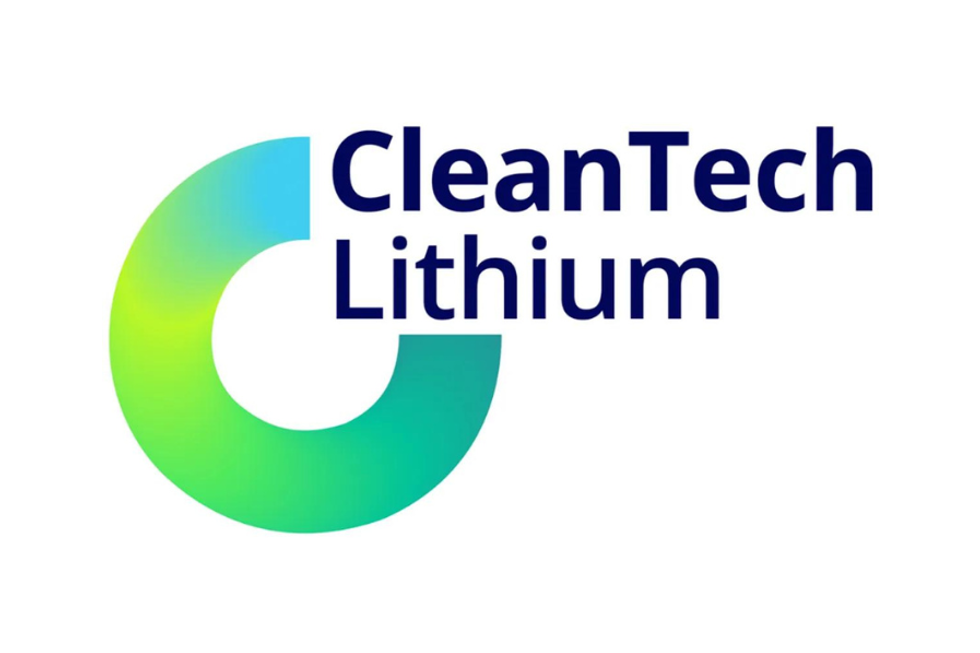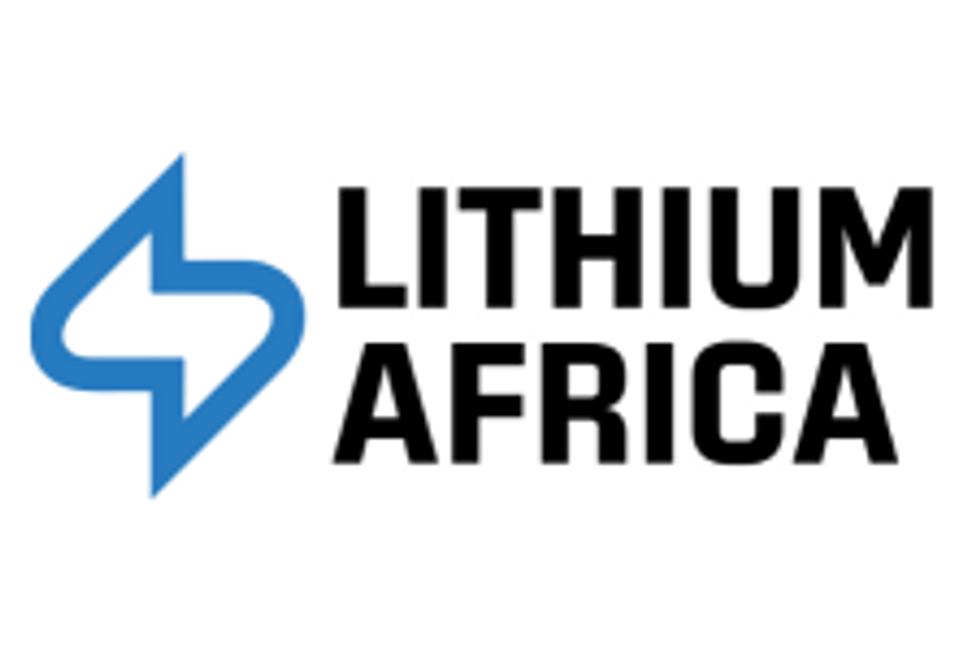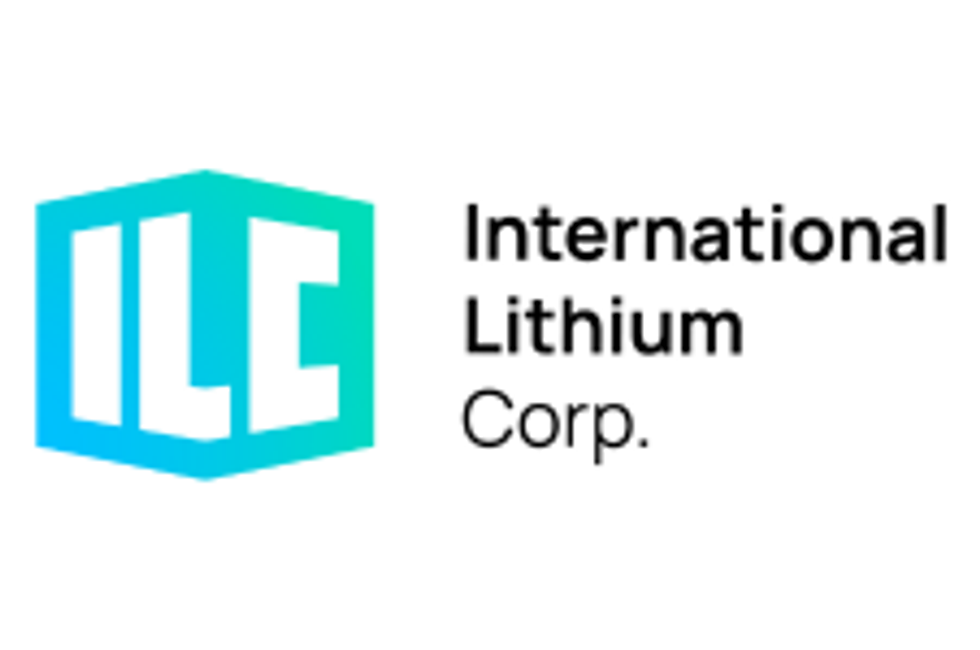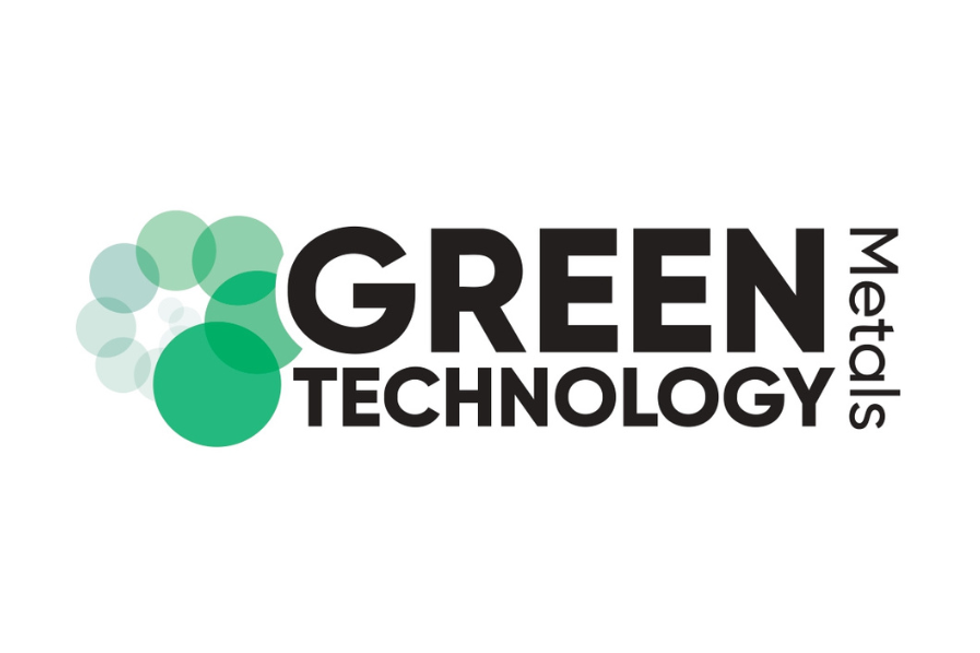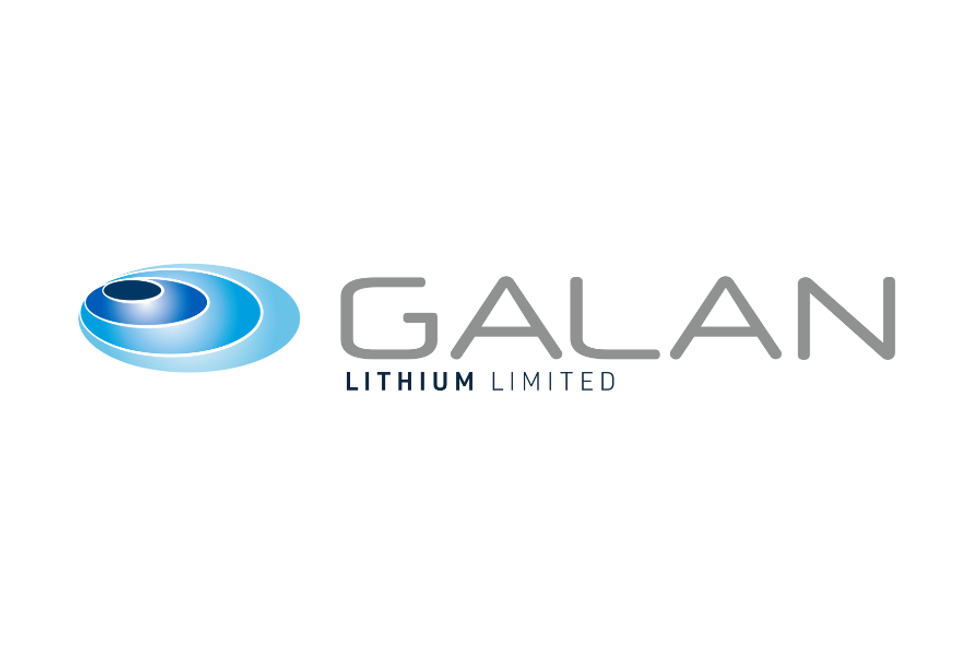CATL Mine Restart Pressures Australian Lithium Market
Chinese battery giant Contemporary Amperex Technology is reportedly restarting production at its Jianxiawo lithium mine in Yichun.
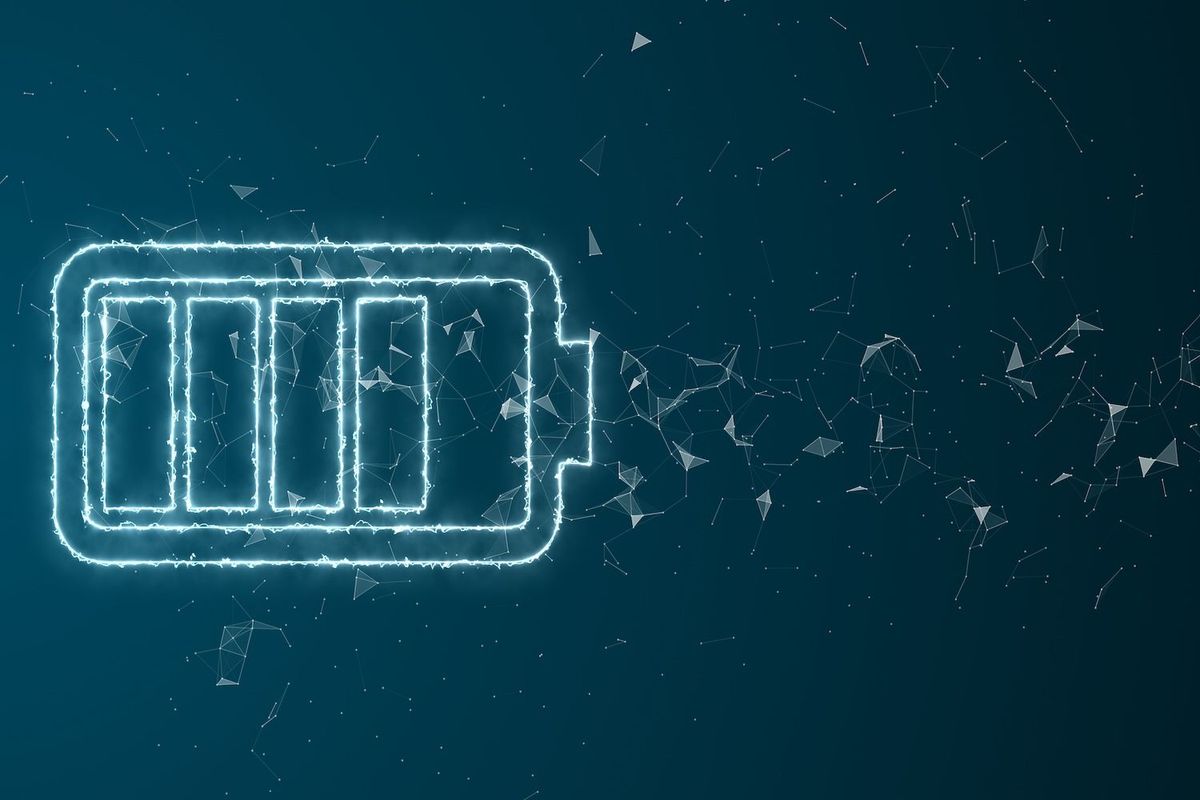
Australia’s lithium sector is facing pressure on the back of news that Chinese battery giant Contemporary Amperex Technology (CATL) (SZSE:300750,HKEX:3750) is expected to resume production at its Jianxiawo mine.
Operations were halted in August when the mine’s licence expired, with the suspension expected to last three months.
Located in Yichun, Jiangxi province, Jianxiawo produces about 65,000 tonnes of lithium carbonate equivalent annually, roughly 6 to 8 percent of global supply. It is the largest mine in Yichun, often referred to as China’s “lithium capital.”
The restart is expected to tighten competition for Australian producers, which had briefly benefited from the closure and from renewed interest in non-Chinese supply following tariffs announced by US President Donald Trump.
ASX lithium stocks take a hit
ASX lithium stocks saw share price declines after news of the CATL restart hit, with Liontown Resources (ASX:LTR) falling nearly 17 percent and losing more than half of what it gained after the mine was suspended.
Even mining giants BHP (ASX:BHP,NYSE:BHP,LSE:BHP) and Rio Tinto (ASX:RIO,NYSE:RIO,LSE:RIO) succumbed to the situation, with both seeing 1.7 percent drops on Wednesday (September 10).
Pilbara Minerals (ASX:PLS,OTC Pink:PILBF) saw a significant decrease as well, dropping 15 percent. MarketScreener states that this was the company’s worst daily performance since June 1, 2022.
Mineral Resources (ASX:MIN,OTC Pink:MALRF) also experienced a drop, falling 8 percent.
These miners have been making strategic moves toward addressing lithium demand.
Rio Tinto acquired Arcadium Lithium in March and is progressing its Rincon project in Argentina.
In August, Mineral Resourced entered into a joint venture with Livium (ASX:LIT) to commercialise the LieNA lithium-processing technology, which is designed to recover lithium from spodumene.
In its latest financial report, Pilbara Minerals underlined progress at its Colina project, which it secured through its acquisition of Latin Resources. As of 2025, Pilbara Minerals’ Pilgangoora mine has dethroned the Greenbushes mine in terms of resource size, at 446 million tonnes at 1.28 percent lithium oxide.
For its part, Liontown commenced commercial production at its Kathleen Valley plant in January. Kathleen Valley produced over 300,000 wet metric tonnes of spodumene concentrate during its first 11 months of operation.
Australia taking steps to support lithium
While the lithium sector remains susceptible to market changes, the Australian government has been making an effort to help mining companies move their projects forward.
Among these is the Battery Breakthrough Initiative, announced in the 2024/2025 federal budget. It seeks to provide AU$500 million in funding to promote the development of battery-manufacturing capabilities in Australia.
The Battery Breakthrough Initiative forms part of the Future Made in Australia agenda, and may provide funding through capital grants, production incentives and the like.
Western Australia has an incentive of its own called the Lithium Support Program, aiming to provide AU$150 million in lithium support via a loan facility for miners and the waiving of port charges and mining tenement fees.
A recent study from the Geological Survey of Western Australia, Curtin University and the University of Western Australia states that Western Australia supplies around 35 percent of the world's lithium, highlighting its potential.
The federal government also passed the Critical Minerals Production Tax Incentive in February to provide a 10 percent tax break on processing and refining costs for critical minerals, including lithium.
“The incentives are valued at AU$7 billion over the decade,” said Federal Resources Minister Madeleine King, calling the legislation a “historic moment” for the industry.
The incentive is applicable from 2028 to 2040, for up to 10 years per project.
There’s also the National Reconstruction Fund (NRF) and Critical Minerals Facility. The latter’s initial AU$2 billion amount has been doubled to AU$4 billion, plus new investments through the NRF.
Included in the NRF’s recent investments is AU$50 million to support Liontown’s Kathleen Valley.
Fastmarkets was optimistic about the lithium landscape in a February report, projecting that the surplus will shrink to 10,000 tonnes in 2025. After that, it anticipates a deficit of 1,500 tonnes in 2026.
“We’re expecting a rebalancing of market dynamics over the next few years,” a producer told the firm.
Don’t forget to follow us @INN_Australia for real-time news updates!
Securities Disclosure: I, Gabrielle de la Cruz, hold no direct investment interest in any company mentioned in this article.

